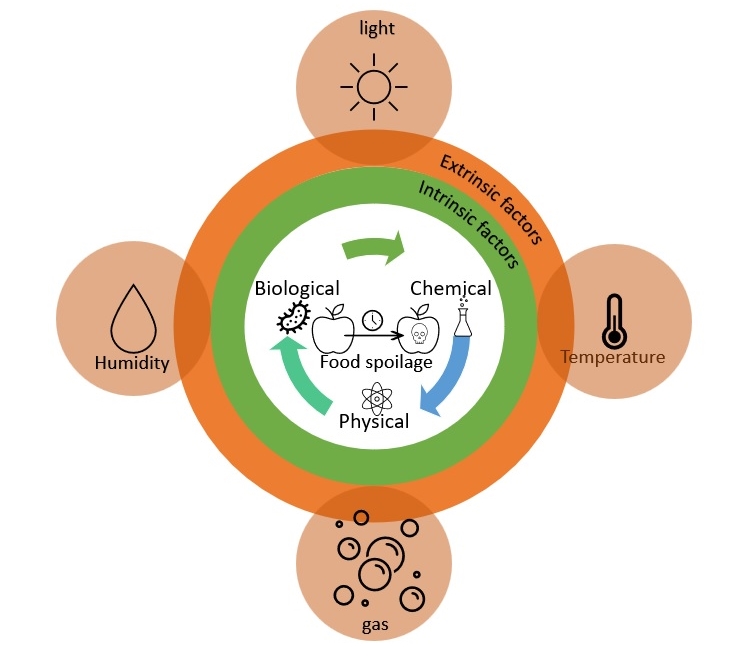ITO Thailand Hygiene Blog
Factors affecting the shelf life of food (Part 2: External/Environmental factors)
Change that may occur in food depends on the duration of time the food is in that environment as well. For example, in order to kill microorganisms, in addition to the temperature inside the food that must reach the specified point, the food must still be in that temperature condition for the specified time. Also, microbial reduction should be conducted according to disinfection instructions. The change in food quality is known as the rate of change in quality. When the rate of change in quality is related to the shelf life of the food, it can be called the rate of deterioration of food.
4 External factors that cause deterioration in food
♦Temperature
Temperature is the main factor affecting both the food properties and the rate of deterioration of the food. The use of heat during the manufacturing process changes the properties of the food to the desired requirements, such as protein denaturation or maturation which gives the cooked food characteristics, softening of the fruit and vegetable structure, destruction of enzymes and microorganisms, changes in color, flavor, nutritional value, diffusion of seasonings into meat and so on. This is where the shelf life begins. Afterwards, during storage, the reactions within the food that we cannot control will continue causing food to lose its quality or safety over time. These reactions are usually temperature dependent. If the temperature rises, the molecules within the food will move more quickly. This increases the chance of collision and reaction. On the other hand, if food is stored at low temperature, food molecules will move more slowly. Especially in freezing conditions, the water inside the food will turn to ice and become immobilized. Therefore, the rate of deterioration in food stored at low temperatures is much slower.
In addition to the temperature itself, the rate of temperature change also affects food quality, especially changes in food structure due to changes in the state or phase of elements within food, such as the rate of change of state of water to ice. If there is a quick change, ice will have a large number of crystals and a small fine size. While if the change is slow or variance occurs, ice will have a small number of crystals but its size will be big. Because water molecules have more time to move into crystals, it will turn into a larger ice crystal that may damage food structure and change the texture of the product.
♦Relative humidity
As already mentioned, the amount of free water in food affects the rate of food deterioration. Foods with low free water and stored in conditions of high humidity, the amount of free water in food is increased by diffusion from the environment to the food resulting in increased chemical reactions and microbial growth. Therefore, food with low free water content such as dry food must be packaged in low moisture permeability packaging. If the packaging is damaged or has been opened, it will cause food to be exposed to moisture in the air and deteriorate faster than specified. Therefore, the shelf life of food is as stated only when the package is unopened. If opened and not finished eating, consumers should keep dry food out of contact with moisture to extend the shelf life of the food.
♦Light waves
Many chemical and biochemical reactions have light waves as a catalyst (1) such as decomposition of myoglobin pigment in meat, chlorophyll in plants, decomposition of nutrients such as vitamin A, vitamin B2, vitamin C, fatty rancidity reaction and so on. Therefore, foods that deteriorate by photocatalytic reactions are often packaged in light-protective packaging, such as high vitamin C juice in opaque, teal-colored bottles, or cartons covered with a protective layer of aluminum foil.
In addition to light affecting reactions in food, some types of light can also affect microorganisms. Read more.
♦Gas
Besides the humidity, the air is also mixed with various gases. One of them is oxygen gas which is a precursor of oxidation reactions that cause deterioration in many foods, such as rancidity, abnormal odor, loss of nutrition (such as vitamin C) and antioxidant function, pigment fading, browning from reactions in which polyphenol oxidase is involved, such as discoloration of apples when they are cut, melanosis in shrimp and so on.
In addition to oxygen, proportion of gases in the atmosphere also has the effect of prolonging the shelf life of food (2) (such as reducing the plant’s respiration rate keeps plants fresh for longer, reduces the growth of microorganisms, reduces oxidation, and preserving the bright red color in meat with carbon dioxide gas and so on). Users may use controlled atmosphere technique to monitor the gas proportion at all times (commonly used in the preservation of vegetables and fruits) or use modified atmosphere technique to add the required gas proportion to the container instead of regular air for the purpose of extending the shelf life of food products. Furthermore, atmospheric modifications to control pests are also used for storing grains without having to use chemicals. (3)
For microorganisms, different gas conditions in different containers have different types of microorganisms because some microorganisms need oxygen to survive (aerobic microorganisms) while some do not need oxygen to survive (anaerobic microorganisms), allowing it to thrive in anaerobic packaging4 such as vacuum packing or canned food. Among these, the most important and dangerous group of microorganisms is Clostridium pathogenic microorganisms such as Clostridium botulinum, which produces the deadly Botulinum toxin, which is fatal, and Clostridium perfringens, which cause food poisoning in food made from meat.
In addition to the external factors mentioned above, good hygiene in food production throughout the whole process, including proper control of the storage and transportation environment of the product, is still indispensable in the food industry. This reduces the risk of contamination and helps the food deterioration rate meet the shelf life stated on the label. And next time, we will use the knowledge regarding factors affecting the shelf life of food to help extend the shelf life of food.
ITO would like to be a part of promoting the food safety society in Thailand in order for Thai food industry to grow sustainably.
Please click here to know more about us.
References
1.Bekbölet, M. (1990). Light effects on food. Journal of Food Protection, 53(5), 430-440.
2.Church, I. J., & Parsons, A. L. (1995). Modified atmosphere packaging technology: a review. Journal of the Science of Food and Agriculture, 67(2), 143-152.
3.Cao, Y., Xu, K., Zhu, X., Bai, Y., Yang, W., & Li, C. (2019). Role of modified atmosphere in pest control and mechanism of its effect on insects. Frontiers in Physiology, 10, 206.
Related Post
-
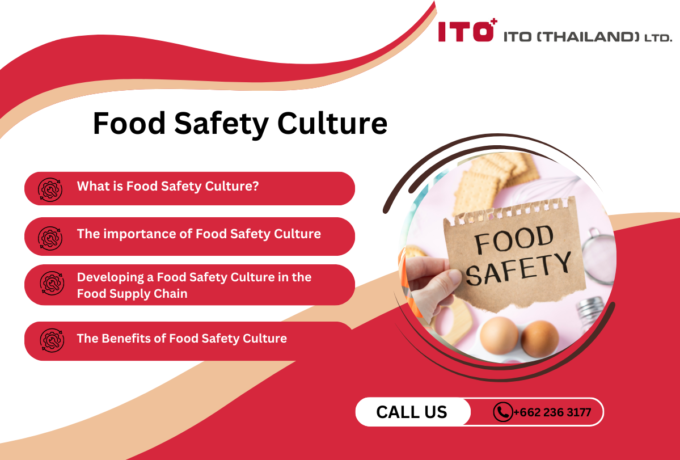
Food Safety Culture
Food safety culture plays a crucial role in safeguarding the company's reputation, ensuring the well-being of its employees, and providing a safe experience for its customers.
-
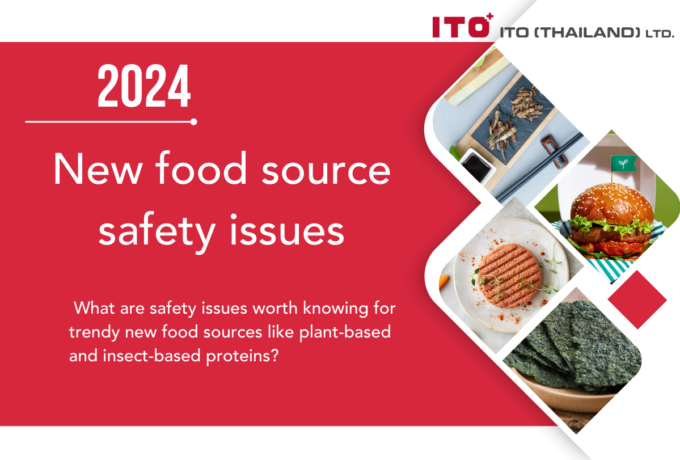
New food source safety issues
What are safety issues worth knowing for trendy new food sources like plant-based and insect-based proteins?
-

British Retail Consortium (BRC) Standard
Food safety management systems play a vital role in ensuring the production and distribution of safe and high-quality food products to consumers. With the global food supply chain becoming increasingly complex, food businesses must implement effective systems prioritising safety, quality, and compliance with industry standards. A food safety management system encompasses a set of procedures, processes, and controls designed to identify, prevent, and manage potential hazards at every stage of the food production and supply process. This proactive approach not only safeguards consumers' health but also protects the reputation and credibility of food companies in an ever more competitive market.
-
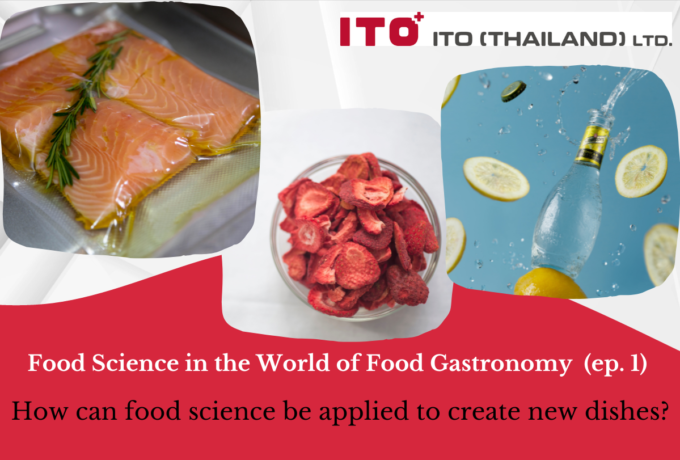
Food Science in the World of Food Gastronomy (Part 1)
How can food science be applied to create new dishes?
-
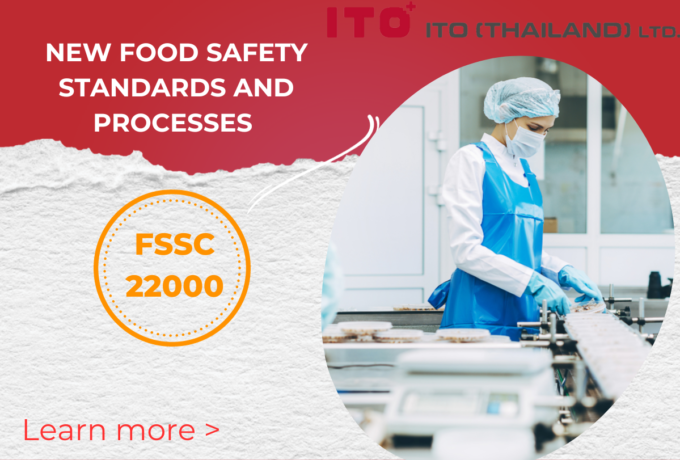
FSSC 22000
Food manufacturers must ensure food safety standards and processes. FSSC 22000 is an official certification program for Food Safety Management Systems (FSMS) recognised by the Global Food Safety Initiative (GFSI). This certification scheme offers a set of guidelines and procedures to ensure uniformity, openness, and safety across your entire supply chain. It applies to all companies operating within the food and beverage industry, ranging from farmers to retailers. By fulfilling the necessary criteria and obtaining FSSC 22000 certification, it is demonstrated that the required standards for food quality and implementing effective processes to manage and mitigate risks associated with food fraud, foodborne illnesses, expensive recalls, and other external threats are met.
-

Food Safety Aspects of Artificial Sweeteners
Artificial sweeteners, also known as sugar substitutes, non-nutritive sweeteners, or high-intensity sweeteners, are artificially produced compounds utilised in place of sucrose (table sugar) to add sweetness to food and drinks. Due to their significantly higher sweetness than regular sugar, only a fraction of artificial sweeteners (200 to 20,000 times less) is required to achieve an equivalent level of sweetness. Since the caloric contribution of these sweeteners, when used in such small quantities, is insignificant, they are often referred to as non-nutritive (4).








